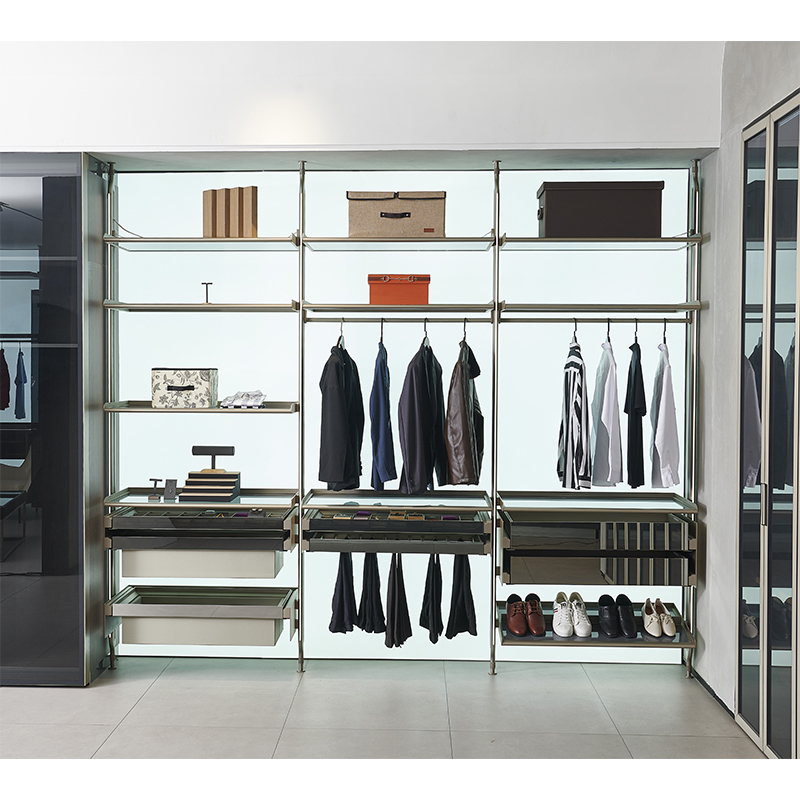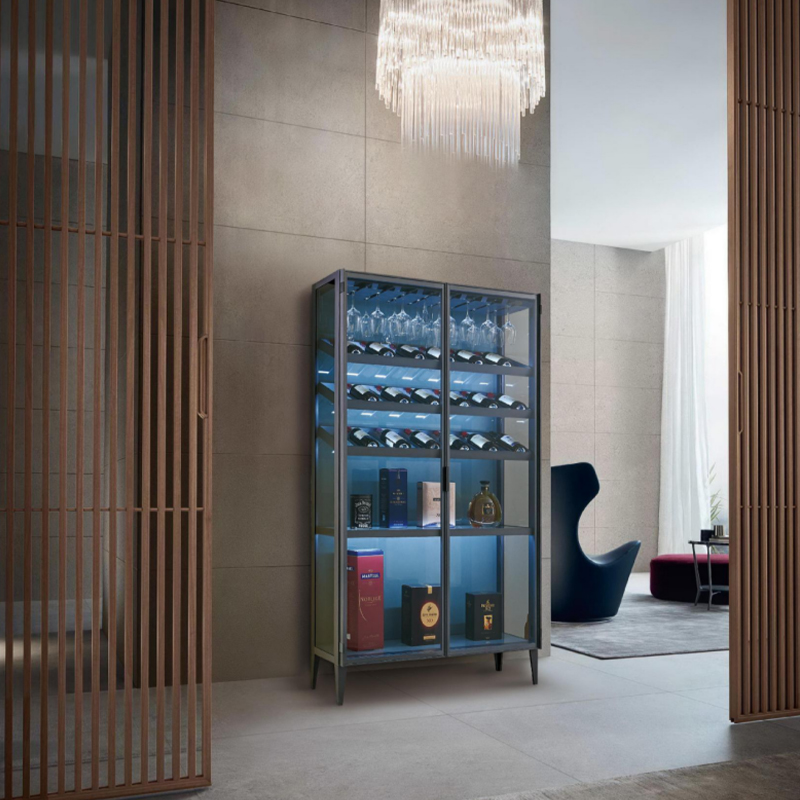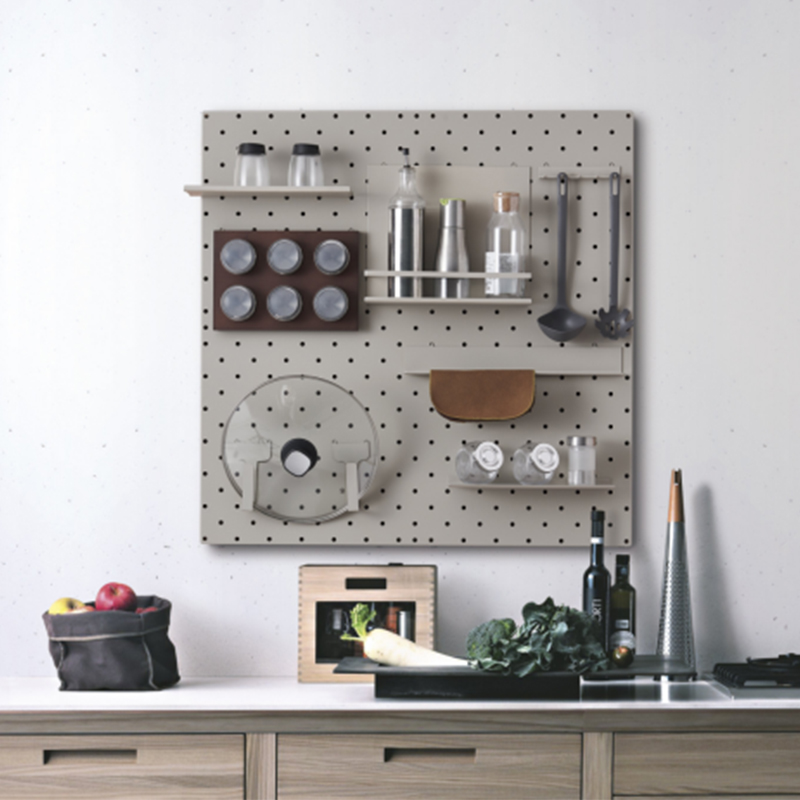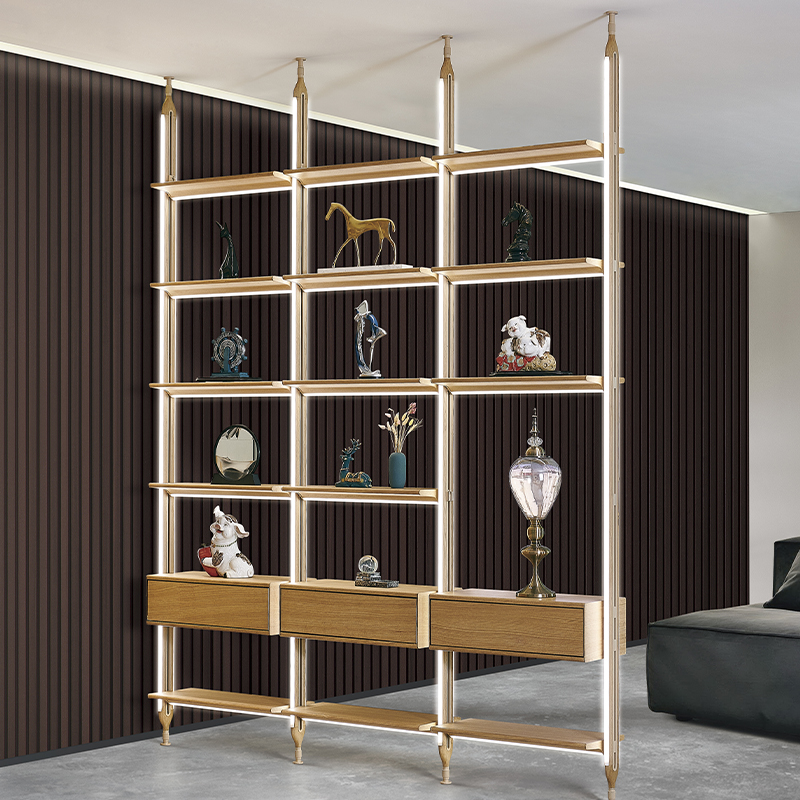In an aluminum alloy rolling door and accessories combination, how can the door slats and guide rails be matched to minimize operational lag?
Release Time : 2025-09-10
In the aluminum alloy rolling door and accessories combination, the matching of the door curtain slats and guide rails must begin with basic dimensional accuracy to reduce the core cause of operational jams. The thickness and width of the curtain slats must be perfectly matched to the width and depth of the guide rail slots. This prevents the slots from being too wide, causing the curtain slats to wobble or become stuck after deflection, and from being too narrow, causing the edges of the curtain slats to directly press and rub against the inner wall of the guide rail. Furthermore, the dimensions of the hems or hooks on both sides of the curtain slats must precisely align with the stopper protrusions in the guide rail slots, ensuring that the curtain slats move only in the predetermined vertical direction within the guide rails and preventing lateral jamming due to structural misalignment.
The structural design of the guide rails themselves and the aluminum alloy rolling door and accessories The compatibility of the combination is also crucial to reducing lag. The inner surface of the guide rail must maintain a high degree of finish to avoid surface roughness or burrs that increase frictional resistance when the curtain slats slide. In some scenarios, a slight guide bevel can be designed within the guide rail groove to guide the curtain slats smoothly into the groove during opening and closing, preventing collisions and jamming between the edges of the curtain slats and the guide rail entrance. Furthermore, the cross-sectional shape of the guide rail must match the cross-sectional profile of the curtain slats. For example, a curved guide rail groove should be designed for curved curtain slats to ensure consistent contact between the curtain slats and the guide rail, avoiding localized excessive force that can cause operational problems.
The details of the connection structure of the aluminum alloy curtain slats and the guide rail are also key to optimizing the matching effect.aluminum alloy rolling door and accessories The curtain slats in a combination are often spliced. The joints between the slats (such as hem clips and hinges) must be flexible to ensure smooth bending as the slats rotate with the rollers and enter the guide rails. Overtightening the joints prevents the slats from becoming too rigid and interfering with the curved trajectory of the guide rails. Furthermore, the clearance at the joints must be controlled within a reasonable range to avoid excessive gaps that could cause misalignment at the slat joints, creating bumps in the guide rails that hinder operation, or excessive gaps that could cause friction and jamming.
The appropriate selection and assembly of auxiliary accessories can further enhance the smooth fit between the slats and the guide rails. In aluminum alloy rolling door and accessories, In this combination, guide sliders made of nylon or engineering plastic can be installed at each end of the curtain slats. These sliders contact the inner wall of the guide rail, replacing the metal edges of the curtain slats that rub directly against the guide rail, reducing wear and the likelihood of jamming. The slider dimensions must precisely match the guide rail slots to ensure they are securely positioned and slide smoothly without loosening or jamming. Some combinations also include lubrication strips within the guide rails. These lubrication strips provide continuous lubrication through contact with the curtain slats, reducing sliding resistance and preventing jamming caused by dryness.
Alignment accuracy during installation directly impacts the performance of aluminum alloy rolling doors and accessories. The long-term compatibility of the curtain slats and guide rails in the combination. During installation, ensure that both guide rails are perpendicular and parallel to each other. Use a level, plumb line, or other tools to align the guide rails to prevent tilt or uneven spacing, which can cause the curtain slats to be stressed on one side and cause them to shift and jam during operation. Also, ensure that the centerline of the guide rails and the reel are aligned, ensuring that the curtain slats evenly enter the guide rail grooves on both sides when lowered from the reel. This prevents misalignment between the reel and the guide rails, causing the curtain slats to deviate to one side and excessive friction with the inner wall of the guide rails, resulting in jamming.
The rigidity of aluminum alloy curtain slats matches the supporting strength of the guide rails, reducing jamming caused by deformation. The thickness and rib structure of the curtain slats must be designed based on the size and weight of the aluminum alloy rolling shutter door to ensure they resist bending and deformation during operation. This prevents deformed curtain slats from fitting too tightly against the inner wall of the guide rail, causing localized compression and jamming. Furthermore, the guide rails must be securely fastened to the wall or door frame using brackets. The brackets must be spaced appropriately to prevent deformation of the guide rails due to their own weight or the pressure of the curtain slats, which could disrupt the gap between them and cause operational problems.
"Long-term accessory maintenance and adjustment are essential for maintaining the perfect fit between the curtain slats and guide rails and reducing jamming. Regularly clean dust and debris from the guide rail grooves in the aluminum alloy rolling door and accessories combination to prevent accumulation of debris between the curtain slats and guide rails, which could increase friction and even cause the slats to jam. Also, inspect the wear of vulnerable accessories like guide sliders and lubricating strips, and promptly replace aging or worn accessories to ensure they consistently work well with the curtain slats and guide rails, maintaining smooth operation of the aluminum alloy rolling door and ensuring the precise fit between the curtain slats and guide rails, thus reducing jamming."








